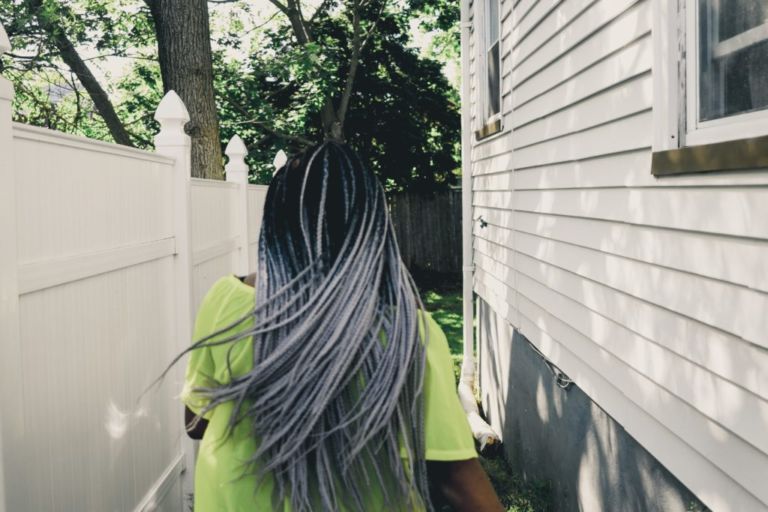John Hood writes for Carolina Journal’s Daily Journal:
North Carolina appropriates less taxpayer money to state colleges and universities in real terms than it did before the onset of the Great Recession. Tuition has risen markedly and now accounts for a larger share of total revenue. But our state remains one of the most generous in the country when it comes to funding higher education.
How can all three statements be true? Because North Carolina’s starting position was so high.
According to the latest report from the State Higher Education Executive Officers (SHEEO) Association, North Carolina appropriated $12,496 per full-time-equivalent student in 2008. Only Wyoming and Alaska reported higher funding levels that year — and because their enrollments are so small, they aren’t really comparable to North Carolina, anyway.
In 2018, North Carolina’s appropriation per student was $10,429. Although obviously lower than it was 10 years ago, that figure actually represents a modest increase from 2013. If you graphed the data, it would look like UNC appropriations fell off a cliff during the recession, then began a slow but steady climb.
Average tuition rose as appropriations dropped, but not dollar-for-dollar. In 2008, average tuition per student was $3,745, accounting for about 23 percent of North Carolina’s $16,241 per student in total educational revenue. In 2018, tuition averaged $5,515 per student, or about 35 percent of the $15,944 in revenue per student.
In other words, while things have changed somewhat, it would be a stretch to describe the change as radical. Having previously ranked third, North Carolina now ranks sixth in the nation in higher-education appropriations per student. In only seven other states is tuition lower as a share of total educational revenues.
Read more here.


